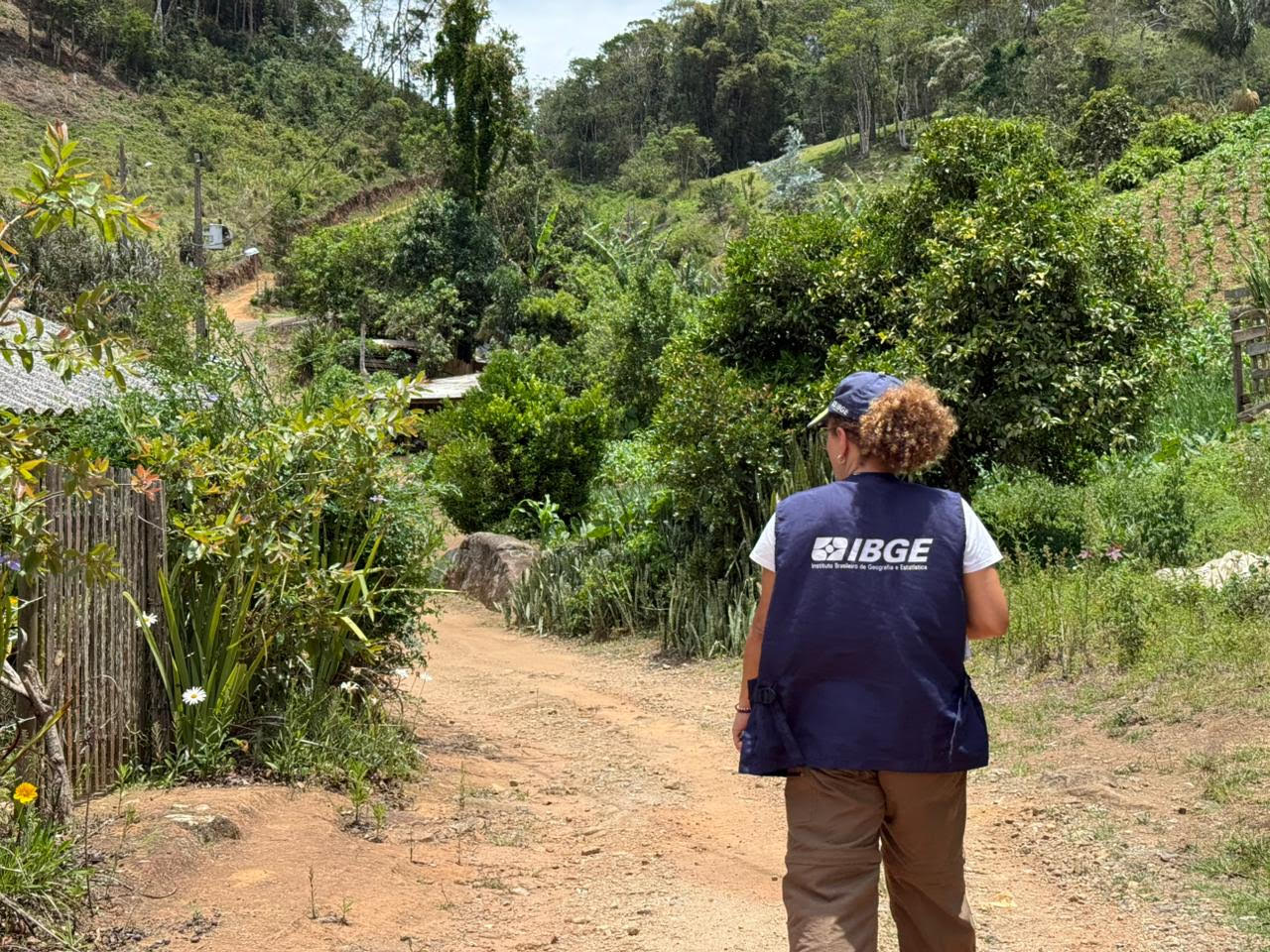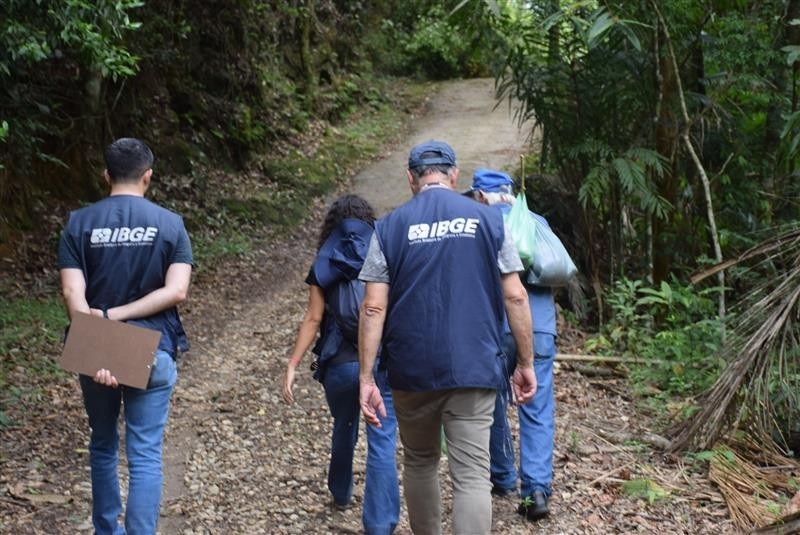PNAD COVID19
Two million less are away from work due to pandemic in the first week of July
July 24, 2020 09h00 AM | Last Updated: July 28, 2020 02h47 PM

The number of employed people away from work due to social distancing kept the downward trend seen since the beginning of the reopening process. This number fell to 8.3 (10.1% of the employed) between June 28 and July 4, whereas in the previous week, they were 10,3 million.
Conversely, the employed population on duty increased from 69.2 million to 71.0 million. In this group, 8.9 million (12.5%) worked from home, holding the figure steady in relation to the previous week. The data are from the weekly PNAD COVID19, released today (24) by the IBGE.
"While the employed population away from work for several reasons, including social distancing, dropped by nearly 2.5 million, the ones employed and on duty increased by 1,8 million, a difference of around 700 thousand", explains the survey coordinator, Maria Lucia Vieira, adding that part of the employed returned to work and another share went out of the workforce, neither getting back to work nor searching for a job.
The employment rate in the week, of 12.3%, remained stable over the previous week. Conversely the number of unemployed persons had a slight reduction, of 12.4 million to 11.5 million. At the same time, the population out of the workforce (neither working for looking for a job) increased d=from 75.1 million to 76.8 million. Of this group, 28.7 million (37.4%) said that they would like to work, more than the 26.9 million (35.4%) of the previous week. "The decrease in the number of the unemployed persons is more associated to the workforce exit than entrance in the employed population. Those are persons that, in that week, did not go job searching for some reason", says Ms. Vieira.
Nearly 19.4 million persons out of the force would like to work, but did not go job-searching in the week because of the pandemic or because they dd not find a job in the place where they lived. This contingent, which corresponds to 67.4% of the unemployed people that did not go job-searching and would like to work, was bigger than in the previous week, when the figure was 17.8 million (66.2%).
Number of people with flu-like symptoms fall from 15.4 million to 14.3 million
From June 28 to July 4, 14.3 million people had at least one of the 12 symptoms associated to the flu (fever, cough, sore throat, breathing difficulties, headache, chest pain, nausea, runny or stuffy nose, loss of smell or taste and muscle pain), which indicates a decrease in relation to the previous week (15.4 million) and the first week of the survey, in May (26.8 million). The symptoms that declined were cough (from 4.9 to 4.3 million) breathing difficulty (from 1.9 to 1.6 million) and headache (from 7.2 to 6.6 million). Among those with symptoms, 3,1 million sought care in some health center, keeping stability with the prior week. Private or military outpatient clinics and doctor's offices or assisted 311 thousand people with symptoms, with a stable proportion, but smaller in absolute numbers, in relation to the previous week (322 thousand) and to the first week of May (320 thousand).
Nearly 933 thousand people sought care in hospitals, a statistically stable contingent compared to the prior week. Of this total, 136 thousand (14.6%) were hospitalized, also keeping stability over the third week of June.
PNAD COVID 19 is a version of the National Household Sample Survey (Continuous Pnad), carried out with the support of the Ministry of Health, to identify the impact of the pandemic on the labor market and to quantity the persons with symptoms associated to the flu syndrome. The IBGE disseminated the survey’s results on a weekly release and a monthly one too. Th survey is a product classified as one of IBGE's Experimental Statistics.




















